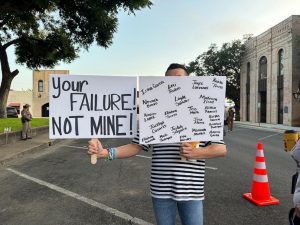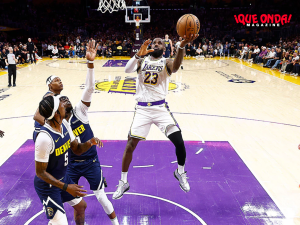
Israel used U.S.-supplied white phosphorus munitions in an October attack in southern Lebanon, causing at least nine civilian injuries. A Washington Post analysis of shell fragments found in the small village of Dheira revealed remnants of three 155-millimeter artillery rounds. Residents reported the destruction of at least four homes due to these rounds, known for ejecting felt wedges saturated with white phosphorous. The substance burns at high temperatures, producing billowing smoke that can cause severe harm, potentially leading to fatal burns and respiratory damage.
The injuries resulting from the attack led to the hospitalization of at least three individuals, with one hospitalized for several days. The lot production codes on the shells matched the nomenclature used by the U.S. military, indicating their origin from ammunition depots in Louisiana and Arkansas in 1989 and 1992. The light green color and markings, such as “WP” printed on one of the remnants, were consistent with white phosphorous rounds, according to arms experts.
The M825 smoke rounds, fired from 155mm howitzers, have legitimate battlefield uses, including signaling friendly troops, marking targets, and producing white smoke for concealing soldiers from enemy forces. However, their deployment near civilian areas raises concerns, as their use is not intended for incendiary purposes.
These munitions are part of the billions of dollars in U.S. military arms provided to Israel annually, contributing to its ongoing conflict with Hamas in the Gaza Strip. The tensions along Lebanon’s southern border between Israeli forces and Hezbollah, an Iranian-backed militia, escalated from sporadic exchanges to near-daily confrontations since October 7.
Israeli forces reportedly continued shelling Dheira with white phosphorus munitions for hours, leading residents to refer to the incident as the “black night.” The attack trapped people in their homes until they could escape the next morning, prompting speculation that the phosphorus was used to displace residents and clear the way for future military activities.
The Israel Defense Forces stated that the white phosphorous shells were launched to create smokescreens, not for targeting or causing fires. They asserted that their use complied with and exceeded the requirements of international law. The IDF claimed to have safer alternatives, such as M150 artillery rounds, which produce screening smoke without using white phosphorous.
Human Rights Watch and Amnesty International verified the U.S. origin of the shells, emphasizing the importance of tracking the behavior of allies receiving U.S. assistance to ensure compliance with U.S. and humanitarian law. While white phosphorus use is permitted for legitimate military operations, its misuse, especially around civilians, can violate laws of armed conflict. Rights groups have urged restrictions on its use to prevent harm to civilian populations.
Tirana Hassan, the executive director of Human Rights Watch, expressed concern over the use of U.S.-produced white phosphorus by Israel in south Lebanon. She called for U.S. officials, specifically Congress, to reassess military aid to Israel based on reports of white phosphorus use. The Biden administration, while expressing concern about the incident, clarified that real-time assessments of Israel’s adherence to the laws of war were not currently conducted.










